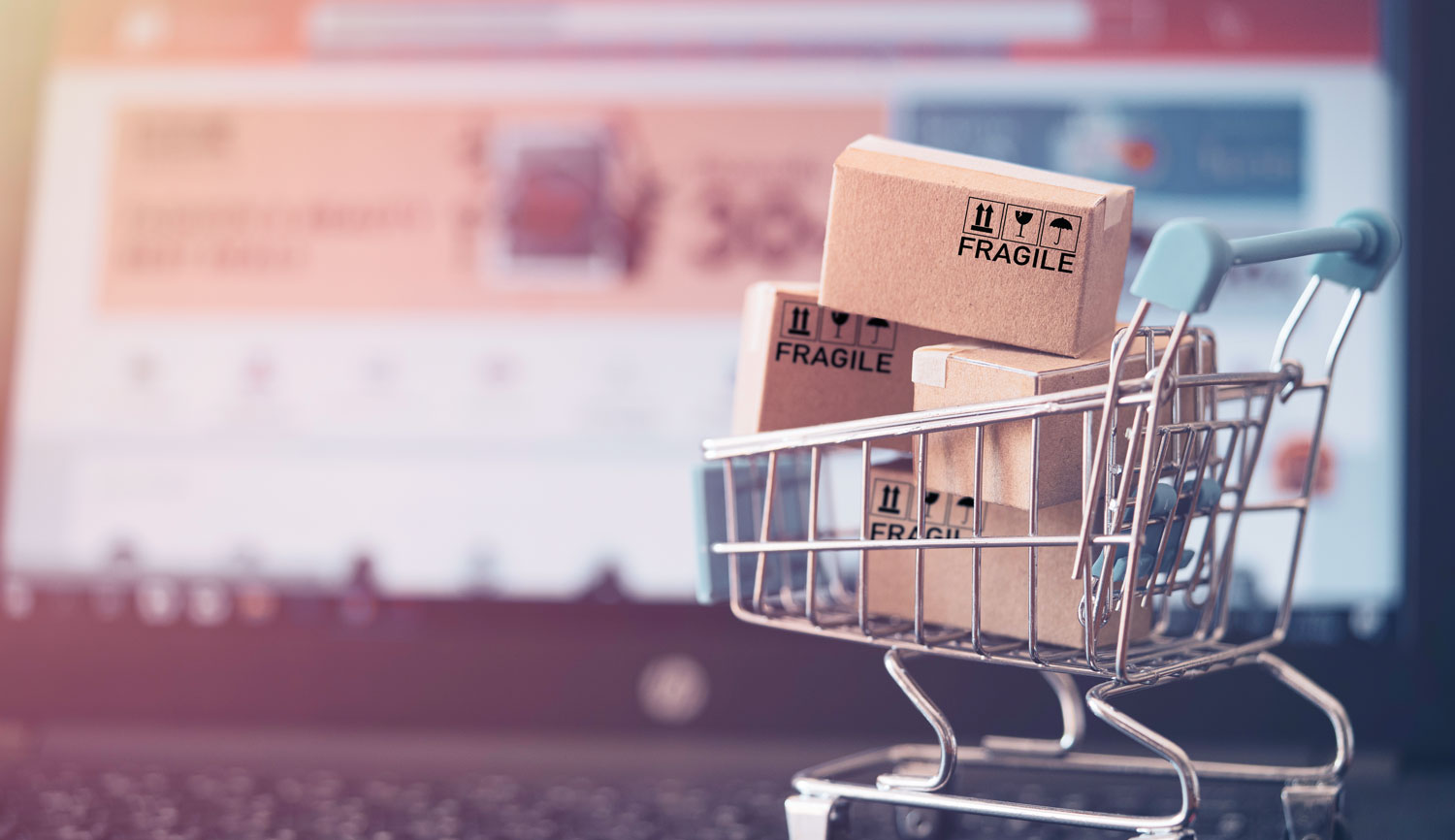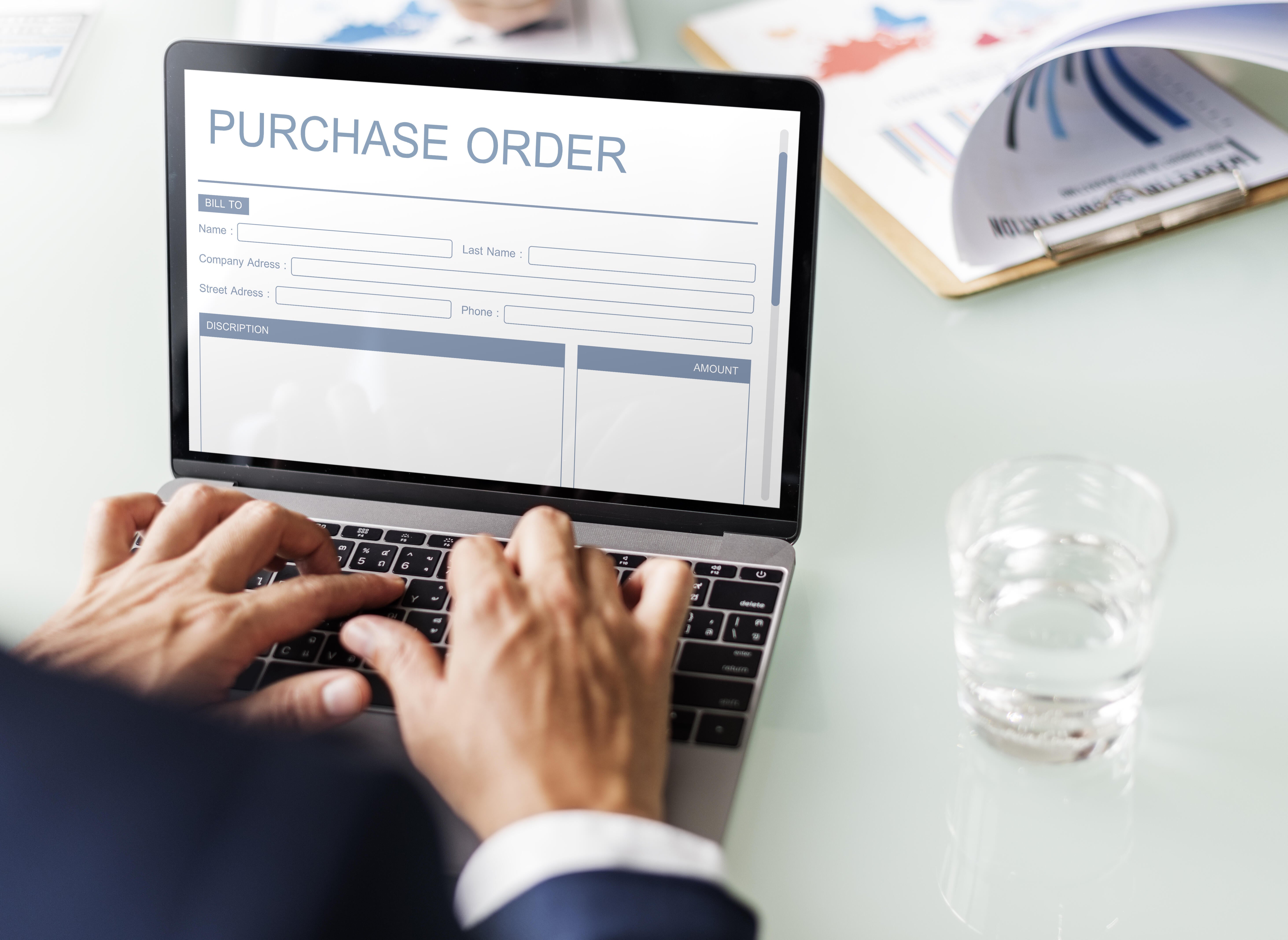The B2B buying landscape has changed significantly in the last few years, and so has the B2B eCommerce customer journey. Even the most reluctant eCommerce adopters have had to get on board with making their purchases online. It's no wonder that eCommerce penetration saw 10 years of growth in just 3 months in early 2020, or that US B2B eCommerce is predicted to hit $3 trillion by 2027. But such growth doesn't come without growing pains, or changes to the B2B buyer journey.
How the eCommerce B2B Customer Journey Has Changed
The eCommerce B2B customer journey has undergone a significant transformation in the last few years. B2B buyers have become used to features they experience when shopping as B2C customers, which has made
-
Self-service sales options are exponentially more popular.Virtually 100% of business customers today prefer self-service for part or all of the B2B buying experience, meaning companies must provide self-service options in order to stay competitive.
-
Customer journeys have fractured.B2B customer journeys have not been linear for many years, as buyers have to contend with problem identification, requirement gathering, solution exploration, selecting suppliers, creating consensus, and more. However, when allowed to choose and navigate non-linear, self-serve purchase paths on their own, prospective customers are 147% more likely to buy more than initially planned.
-
Mobile apps have exploded in importance.Mobile app ordering has increased 250% since early 2020. And on top of that, many B2B buying roles are now being filled by Gen Zers -- 25% of whom prefer to purchase through mobile apps. This makes mobile apps an extremely important touchpoint not just for the initial purchase process, but for customer retention as well.
-
Potential customers are willing to spend more -- lots more.According to Gartner, in the B2B sphere, 83% of potential buyers prefer to order or pay through digital commerce methods. McKinsey found that 70% of those same potential buyers are willing to spend in excess of $50,000 -- and15% are willing to spend in excess of $1 million!
The New B2B Customer Journey Stages
Despite these changes to the B2B customer journey, its stages have not changed much. The five main stages still remain: awareness, consideration, conversion, loyalty and advocacy. However, as the commercial buyer journey has become more non-linear, the purchase process has become murkier.
B2B buyers do not move linearly through customer touchpoints, the way B2C customers do. Instead, these non-linear journeys involve much internal discussion, moving back and forth between different stakeholders at different purchase stages, before coming to a purchasing decision.
Because of this, a good deal of the B2B buying process actually happens on your website, making detailed product pages an important part of the digital customer journey. By delivering information that matches the different stages of the customer journey and meets customer expectations, your team can help expedite the digital purchase process. Detailed product pages can also support your customer service team by collecting information relevant to different customer segments, and serving as a touchpoint for all of the stakeholders involved in the purchasing process.
Why Do B2B Buyers Prefer Ordering Through Digital Channels?
1. eCommerce Simplifies Ordering
Your website should be about making the buying experience simple, fast, and convenient. Both current and prospective customers want to use your website, especially for commoditized orders and reorders that don't require sales rep expertise. For example, if your customer wants to place a reorder, your search software should be ready with information on past orders, ‘buy it again' prompts and recommendations of companion products to purchase. Fast page-load speeds will also keep customers engaged, adding to cart and buying. By providing eCommerce product features that simplify ordering and save your customers time, you create a positive experience which helps drive customer loyalty.
2. Online buying can surface more products & better options
The shift to digital has brought opportunities for reps to engage with customers in different ways and even showcase different products. Gone are the days when sales reps would thumb through a massive pile of catalog pages when choosing what to present to clients. With properly classified online catalogs filled with enriched data, buyers and reps can use your powerful search functions to call up a relevant list of products. Ultimately, a combination of online merchandising and sales rep expertise can help surface all appropriate products, help your customers make better purchase decisions, and help drive sales revenues.
3. Ease of scheduling & saving on travel expenses
Depending on the type of business you run or were buying from, before 2020 the vast majority of B2B sales were done face to face. As the world shifted to digital, customer expectations have changed and more than 70% of B2B decision makers prefer remote human interactions or digital self-service for ordering. The ease of scheduling and savings on travel expenses are additional wins on top of finding and purchasing the right product.
Tips For Creating An Outstanding Digital B2B Customer Journey
1. Drive eCommerce Adoption From the Top
Spiffs and contests can help motivate reps to get their customers signed up and registered for your online shop. But what really drives adoption is strong leadership. The real force behind your change management should be your leadership team selling your sales force on why your eCommerce site can be one of the best tools in their toolkits. Look to the natural influencers within your company to lead the charge at the peer level. Secure internal buy-in and you will have enthusiastic evangelists driving outside customer adoption.
Make sure your reps are comfortable with all the functions that customers will regularly use, like checking inventory by location, sourcing invoice copies, finding tracking numbers, and tracking orders through the supply chain, in addition to the product search functionality on your site. The more comfortable reps are when using your site, the more comfortable they will be in recommending that their customers sign-on.
2. Find the Right Balance Between Self-Service and Concierge Service
The key to success lies in understanding the buyer's journey and identifying points where there is a negative value in sales rep intervention. Your eCommerce site should enable customers to self serve while using AI and machine learning to guide them along the way. Giving customers online access to your real-time inventory by location/warehouse will also help them in their planning and decision making.
A rep's time is better spent providing personalized guidance and expert knowledge to nurture the buying process, rather than getting between a customer and simple orders. The trick lies in finding the right balance. Demographics can play a large part in the service your customers prefer. Millennial and digital native buyers tend to be more comfortable with online self-service while older buyers may need more rep face time, whether digital or in person. The most successful companies provide an omnichannel experience that involves both intelligent eCommerce and concierge-level service from reps.
3. Focus on Data Quality to Improve User Experience
There's an old saying in eCommerce search: "garbage in, garbage out." Search -- especially site search -- relies on data, and data quality directly impacts the relevance of the results your eCommerce site search will return for a given query. If an entry in your product catalog is missing key pieces of data, it won't be able to be found or returned for queries related to that missing data.
Data quality is an even bigger problem B2B eCommerce wholesalers and distributors, who are often dealing with multiple different product lines or manufacturers, who may format their data differently from company to company. B2B wholesalers and distributors also deal with unique challenges like dynamic pricing, custom catalogs, and unit conversion.
Cleansing, normalizing and attributing your product catalog data solves this problem at the root, and goes a long way to improve your B2B eCommerce experience, because good data improves search relevance, which in turn improves customer satisfaction and provides a better B2B customer experience.
4. Use Your eCommerce Platform to Provide Target Customer Data to Sales Reps
While your B2B eCommerce site should be of huge value to reps when serving up information to their customers, it should also provide intelligence on what their customers are searching for, what kind of knowledge they are seeking and what products they are viewing. The best sites will even enable customers to connect with reps via chat windows. Your reps can be fed information and be connected to customers through your digital platform, providing valuable support to their sales efforts. The best reps will use your site's search and navigation, as well as your customer analytics, as selling tools to ensure they place the right products in the right customers' hands.
5. Look for an AI-First Search and Product Discovery Solution That is Designed for B2B Use Cases
The needs of a B2B business -- especially wholesalers and distributors -- are unique when it comes to eCommerce. They have multiple complex use cases such as dynamic pricing, multiple product catalogs, unit conversion, fitment and more. However, not all search and product discovery solutions are built with B2B clients in mind. Most search and product discovery platforms today are built on legacy search engines, and are largely powered by keyword matching technology which struggles with complex use cases.
An AI-first search engine, like Google's Retail Search Engine, however, is built with AI at its core. This next-generation search technology has a far better understanding of user intent and context, enabling it to properly parse complex search queries and return relevant, personalized, buyable search results that are optimized for revenue. This extends to the complex use cases that most B2B eCommerce wholesalers and distributors require.
Implementing the above tips and updating the B2B digital customer journey to match the expectations of your potential buyers is essential. B2B customers love the convenience of buying online, from the remote human interactions to the digital self-service. And providing a seamless experience that matches customer expectations is an excellent tool not just to drive more revenue, but also for customer retention.
Want more? Check out this webinar with Motion Industries, where we talked about the challenges B2B companies are facing with the new digital sales dynamic and how to get sales reps and customers fully invested.
Data quality is an even bigger problem B2B eCommerce wholesalers and distributors, who are often dealing with multiple different product lines or manufacturers, who may format their data differently from company to company. B2B wholesalers and distributors also deal with unique challenges like dynamic pricing, custom catalogs, and unit conversion.





